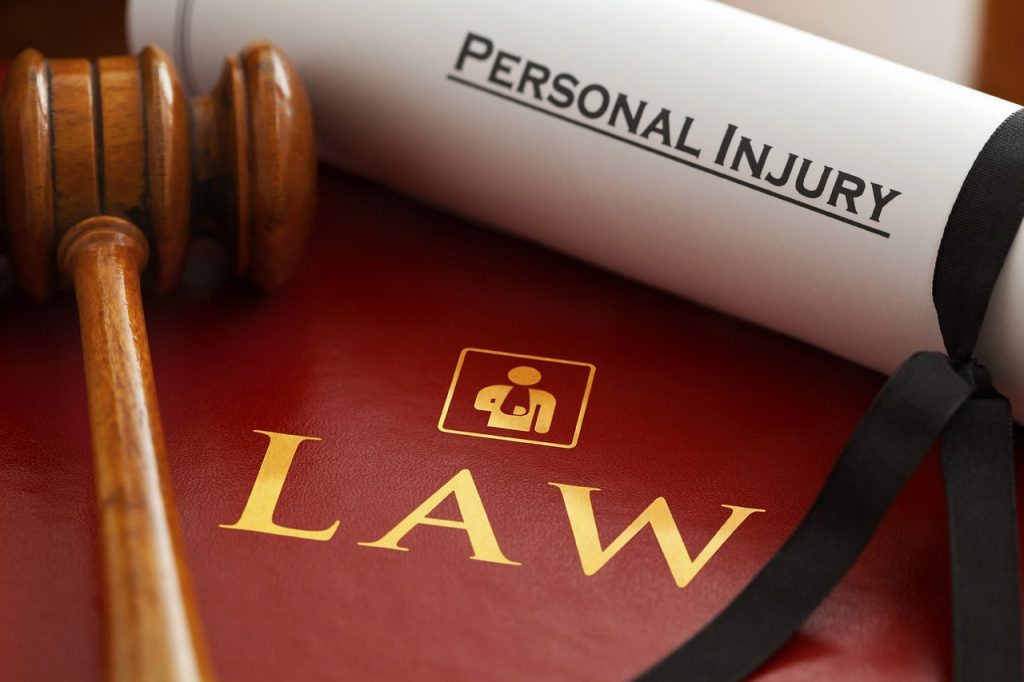5 Common Workplace Injuries in Denver

Denver, a city with diverse industries and a busy workforce, is not immune to workplace injuries. Understanding the common types of injuries that occur in Denver workplaces is paramount for both employers and employees to implement proactive safety measures and foster a culture of prevention. The Denver workers’ compensation attorneys provide you with the top five common workplace injuries in Denver, along with strategies to mitigate their occurrence.
Slip and Fall Accidents
Slip and fall accidents rank among the most prevalent workplace injuries in Denver, affecting employees across various industries. Whether it’s a wet floor in a restaurant kitchen, icy sidewalks outside office buildings, or cluttered aisles in retail stores, slip and fall hazards abound. These accidents can result in a range of injuries, from minor bruises to severe fractures and head trauma. Employers can reduce the risk of slip and fall accidents by implementing measures such as regular floor inspections, prompt cleanup of spills, and proper signage to alert employees of potential hazards.
Strains and Sprains
Musculoskeletal injuries, including strains and sprains, are common among Denver workers, particularly those engaged in manual labor or repetitive tasks. Lifting heavy objects, bending, twisting, and prolonged standing can all contribute to these injuries. Back strains, shoulder sprains, and wrist injuries are prevalent among workers in construction, manufacturing, and healthcare. Employers should provide training on proper lifting techniques, ergonomic work practices, and implement engineering controls such as lifting aids to reduce the risk of strains and sprains.
Repetitive Strain Injuries (RSIs)
Office workers in Denver are susceptible to repetitive strain injuries (RSIs) due to prolonged periods of typing, using a mouse, or performing repetitive tasks. Conditions such as carpal tunnel syndrome, tendonitis, and bursitis can develop over time, leading to discomfort and reduced productivity. To prevent RSIs, employers should provide ergonomic workstations, encourage regular breaks and stretching exercises, and offer training on proper posture and ergonomics.

Falls from Heights
Denver’s construction and maintenance industries pose inherent risks of falls from heights, such as roofs, scaffolding, and ladders. These accidents can result in severe injuries, including fractures, head trauma, and spinal cord injuries. Employers must prioritize safety measures such as providing proper fall protection equipment, conducting regular safety training, and implementing strict protocols for working at heights.
Workplace Violence
While less common than other types of workplace injuries, incidents of workplace violence can have devastating consequences for employees in Denver. Workplace violence can manifest in various forms, including physical assaults, verbal abuse, and threats. Employees in healthcare, social services, and customer-facing roles are particularly vulnerable. Employers should establish clear policies and procedures for preventing and addressing workplace violence, provide training on conflict resolution and de-escalation techniques, and ensure the availability of security measures to protect employees.
Employers’ Responsibilities
Employers play a pivotal role in preventing workplace injuries by creating a safe and healthy work environment for their employees. Some key strategies for preventing common workplace injuries in Denver include:
- Conducting comprehensive risk assessments to identify hazards
- Providing adequate safety training and resources for employees
- Implementing engineering controls and administrative measures to mitigate risks
- Encouraging open communication and reporting of safety concerns
- Regularly reviewing and updating safety policies and procedures
By understanding the common workplace injuries in Denver and implementing proactive safety measures, employers can significantly reduce the risk of accidents and injuries in the workplace. From slip and fall prevention to ergonomic improvements and violence prevention strategies, addressing these common hazards requires a collaborative effort from employers, employees, and safety professionals.

















